Tropical fruits

Longan (or Dragon Eye)
These are small fruit in firm brown skin that is easy to shell. Inside there is juicy fruit pulp and it tastes similar to rambutan. Longan is rich not only in vitamins C, B1, B2, B3, phosphorous, calcium, potassium, magnesium, iron, copper, zinc and manganese but in numerous acids that are good for skin. At the same time it is noted for low calories content. Longan is a well-known tonic, it is practiced in oriental medicine against weakness, dizziness and tachycardia; it is good for eyesight. The pulp of this fruit is also used to cure indigestion, for declination of fever, sleep and memory normalisation, to suppress distraction.
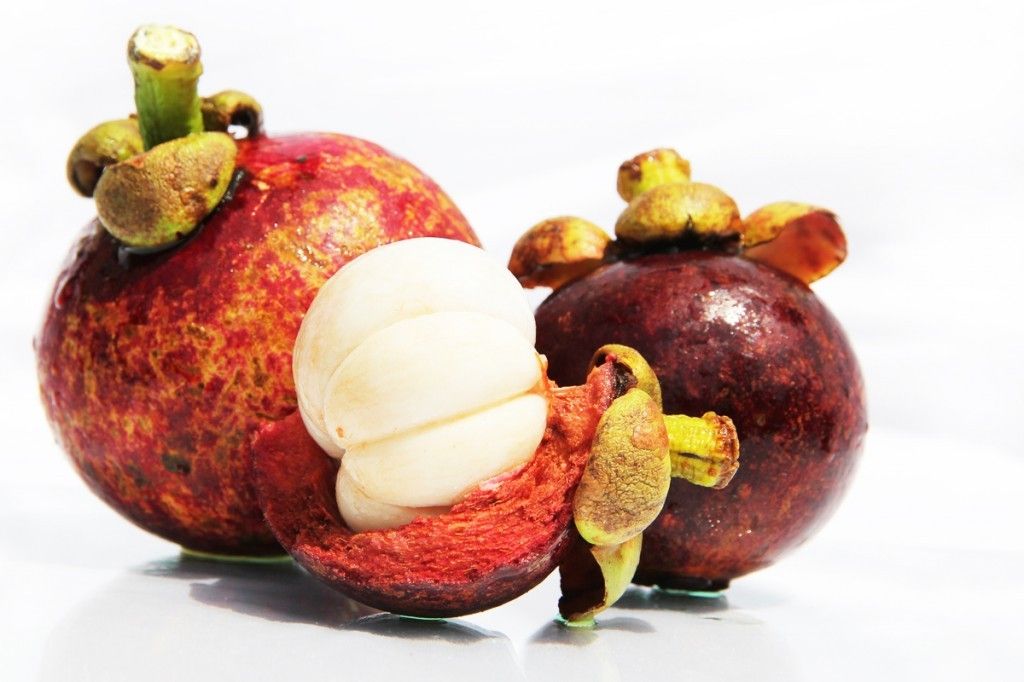
Mangosteen
Small fruit of mangosteen are not more than 8 cm in diameter and are covered with thick shell of claret violet color. Hiding under the shell there is very juicy white fruit pulp divided in 5-8 parts with large seeds inside. The fruit has a very pleasant creamy taste, sweet and at the same time a bit astringent. Mangosteen is practiced to fight bad cold, depression, overweight, sugar diabetes, hypertension, kidney stones and a number of other diseases. Also mangosteen is an excellent remedy for thirst in hot weather.
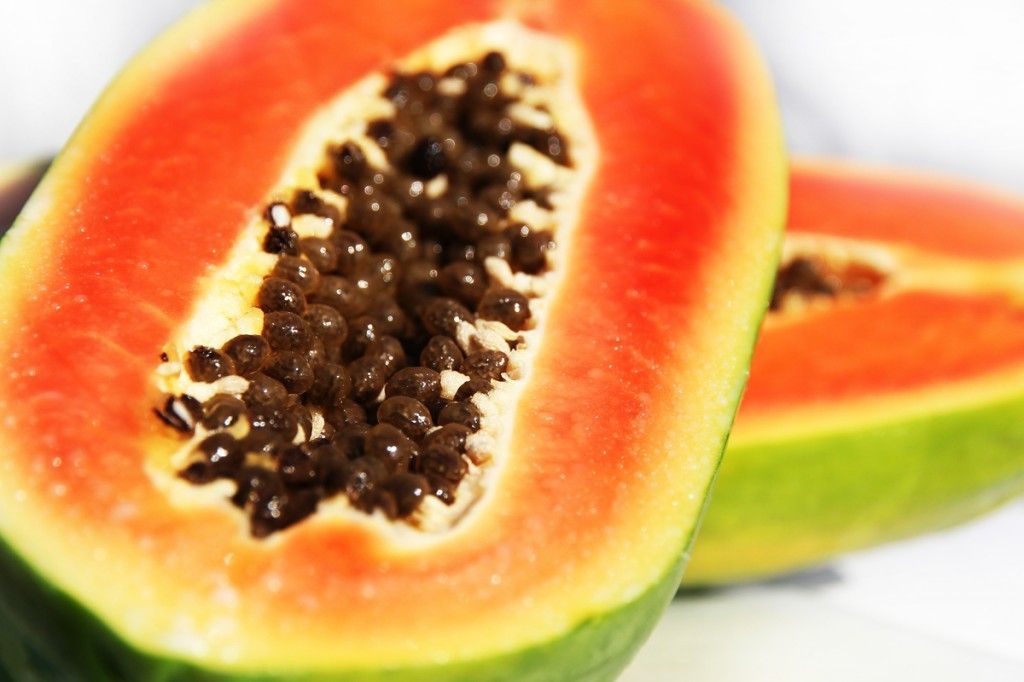
Papaya
Papaya has pink-orange or golden fruit pulp with seeds that are easy to remove together with the shell. It is a very nourishing fruit, pieces of it just melt in your mouth. Only one third of such a fruit gives the necessary amount of iron and calcium and it is a daily rate of vitamin C for an adult. Papaya is almost a twin of melon. It contains organic acids, proteins, fibre, vitamins, minerals, glucose and fructose. Due to the similar chemical composition it is also called a “melon tree”. This fruit is immensely good for normalisation of gastrointestinal tract functioning. Owing to the content of the enzyme that is responsible for the connective tissue regeneration papaya juice is practiced to cure spinal diseases.
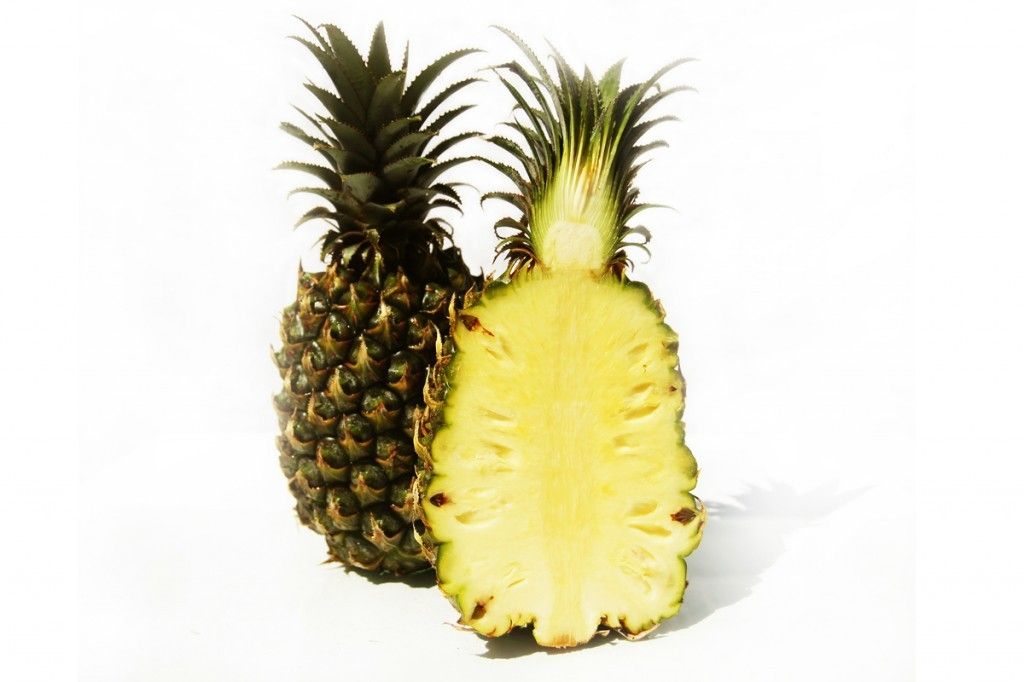
Pineapple
This fruit has low calories content. It is very rich in potassium that helps to get rid of excess liquid in your body as well as of overweight. Pineapple stimulates metabolism improvement and rich food digestion, reduces blood viscosity. Thanks to the content of vitamins A, B and C as well as trace elements including bromelain it improves proteins assimilation by human body.
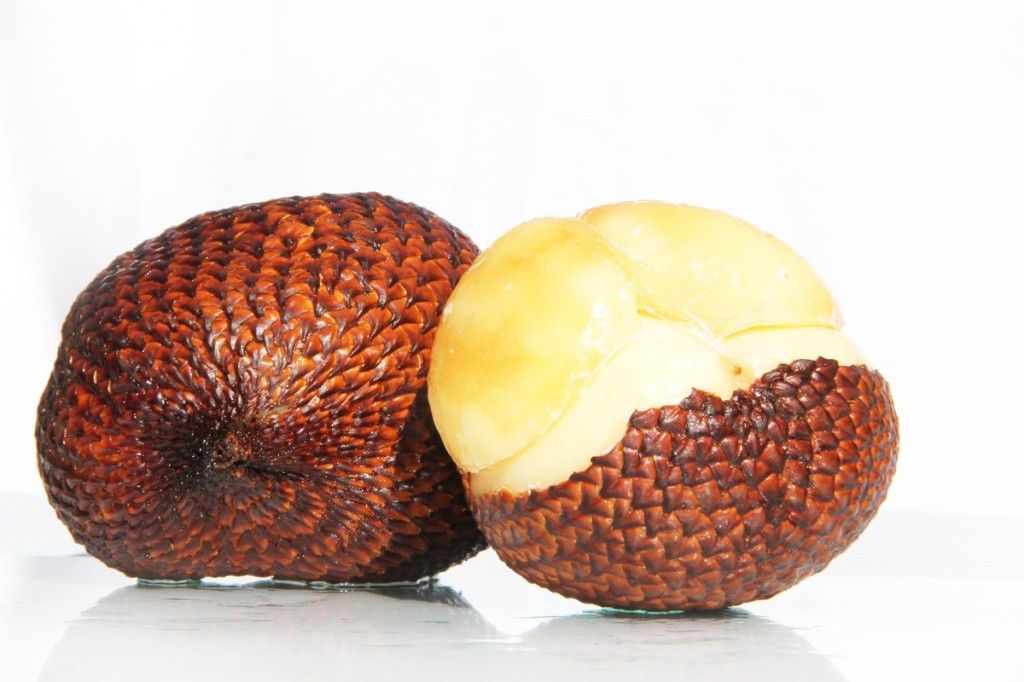
Salak (or Snake Fruit)
The fruit resembles a pear in shape, it is coated with the shell looking like snake scale of brown color. The shell is very thin, it is easily removed, the fruit pulp usually consists of three segments. Due to high content of tannin the mouth often feels constricted if the fruit is unripe. But owing to this substance salak withdraws hazardous substances from the body, it has a favourable effect on human stomach and blood circulation.
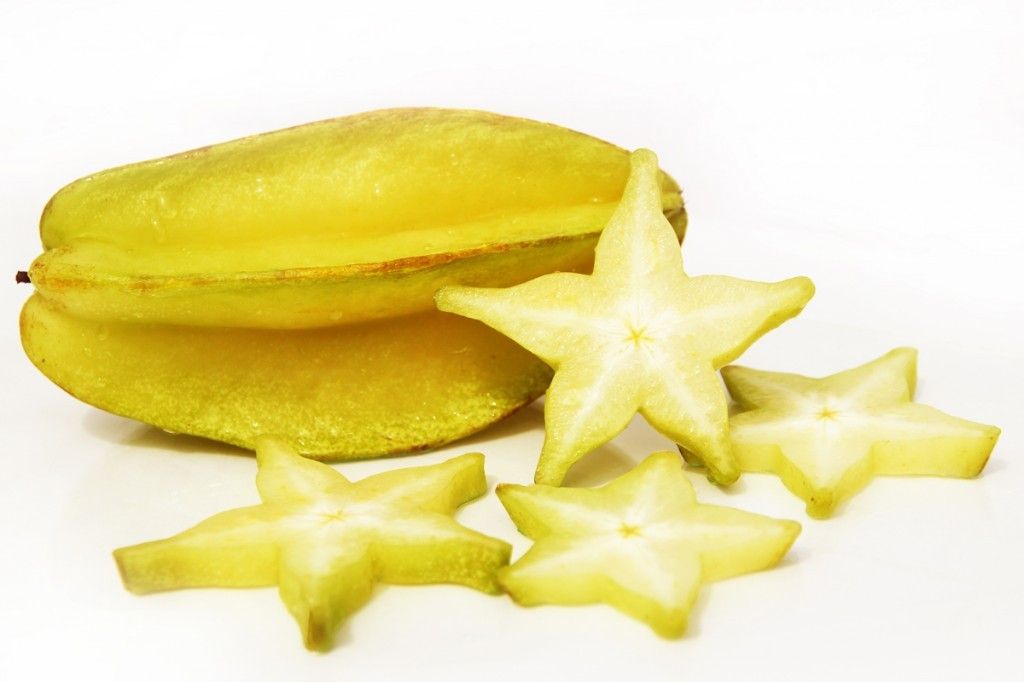
Carambola (or Starfruit)
There are two kinds of the fruit: green – sour and also yellow – sweet. Both of them are very juicy and grassy. The pulp resembles a mixture of apple, cucumber and partly gooseberry. Owing to such combination carambola is excellent to allay thirst. The fruit contains vitamin B and C complex, phosphorus, calcium, potassium, iron, sodium and beta-carotene as well.
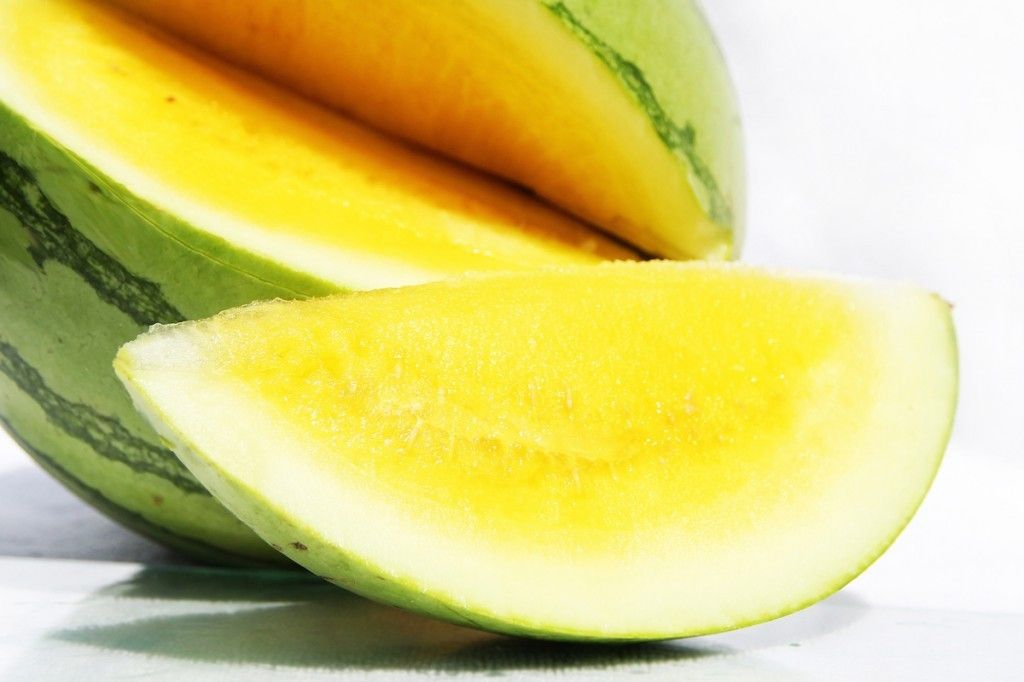
Yellow Watermelon
Looking quite regular, the watermelon has the fruit pulp bright yellow in colour. Such a watermelon is a result of crossbreeding of a yellow wild watermelon and a regular one. Regardless of its origin a yellow watermelon as well as a regular one is saturated with generous amount of vitamins.
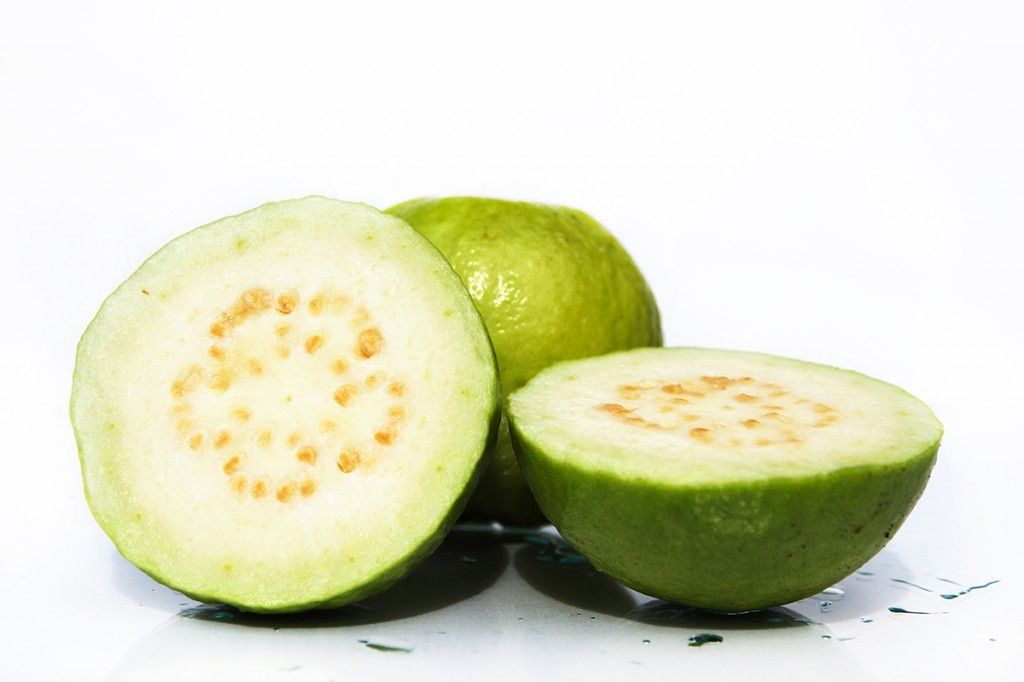
Guava
Roundish or pear-shaped fruits are noted for coloring variety. Thin skin of bright yellow, reddish, greenish-white or green color. Fruits differ in size as well, depending on the variety they may be quite small or large. Guava is an extremely valuable fruit, having at once a complex of 16 vitamins, minerals, salts and trace elements. Guava 10 times exceeds orange only in vitamin C content. Guava fruits are often used as air freshener as it absorbs the smell of tobacco.
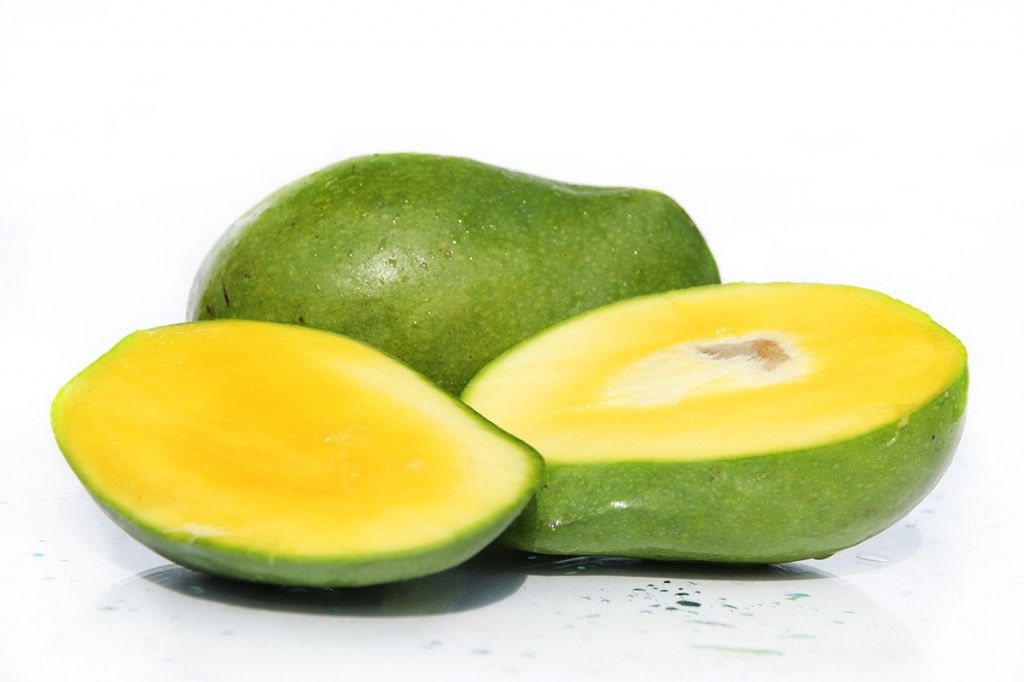
Mango
Biodiversity of this fruit amounts to several tens of varieties. Miscellaneous varieties may differ in taste a lot: they are sweet mostly but have aromas of different shades: from honey to ginger. A huge amount of vitamins and low acid content are combined in mango. This fruit influences organs of sight favourably, is good for eye diseases, helps to improve immunity and prevents various infections, bad cold from occurring. In Asian countries mango fruits are very often practiced in home medicine to prevent bleeding, heart failure and to improve cerebration. The season for mango in Bali falls on the period from August till November.
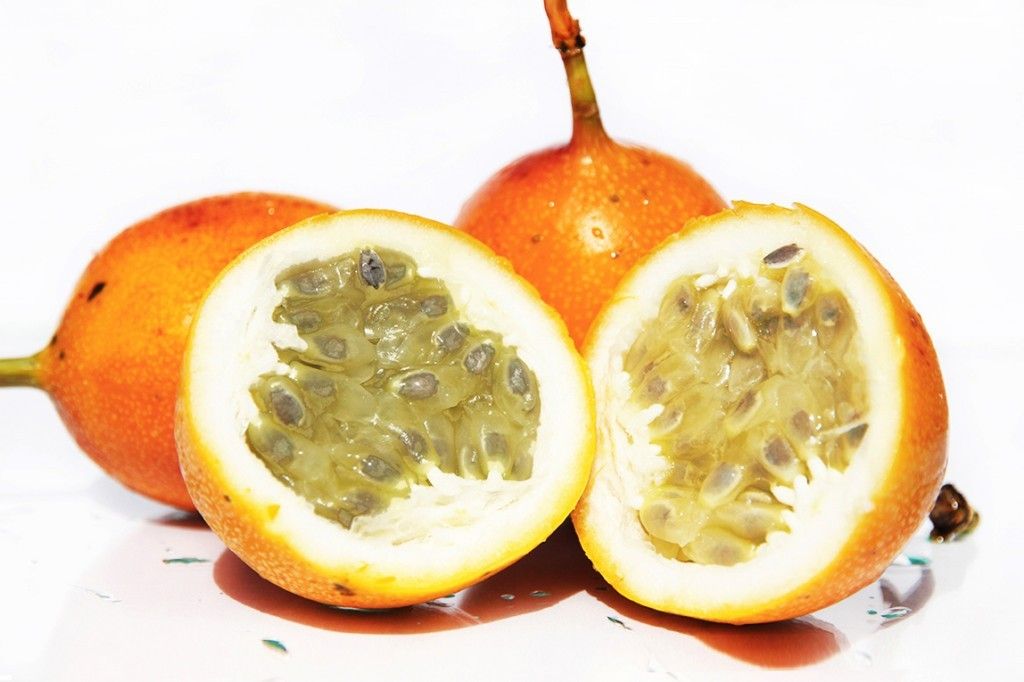
Passion Fruit(Passionfruit)
The liquid contents of passion fruit have a very delicate sweet and sour flavour. The fruits may have yellow or purple-brown shell that is easily squeezed through with a finger on a ripe fruit. Passion fruit juice is valued highly in culinary sector. Owing to tonic effect it has found use in cosmetology as well. This fruit is practiced to fight insomnia, headache and tension in the muscles.
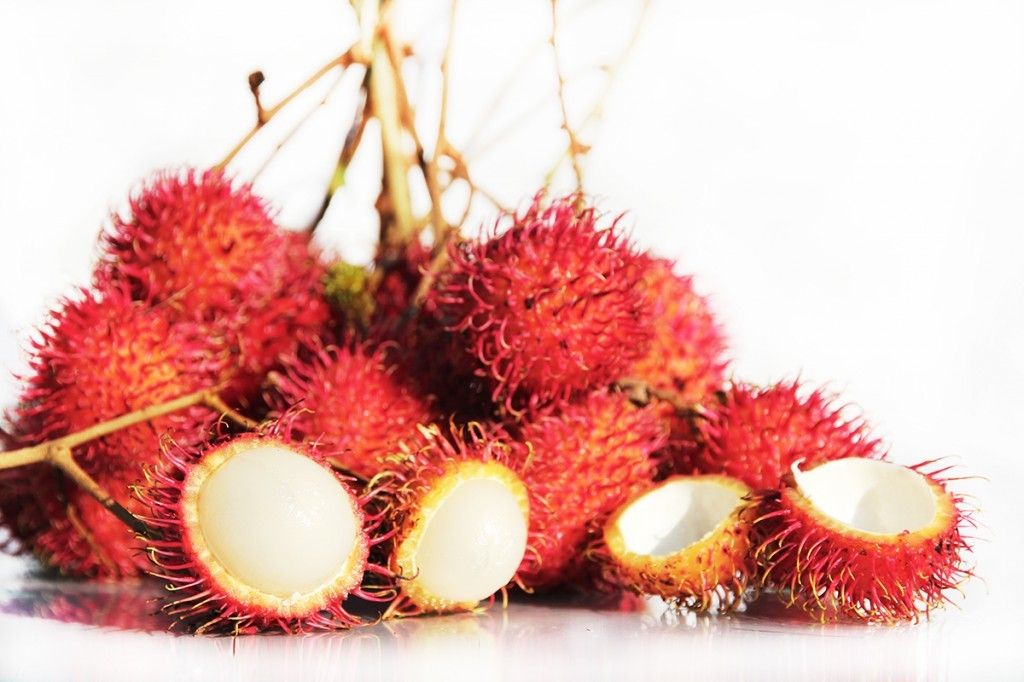
Rambutan
If translated from Indonesian rambut means “hair” and the fruit itself resembles small hairy balls. The fruits grow in big clusters. When unripe – they are of green colour and become bright red at ripening. The fruit pulp is of white colour, very fragrant, with sweet and sour flavour. Rambutan is rich in carbohydrates and proteins, phosphorus, iron, vitamin C, calcium, and nicotinic acid.
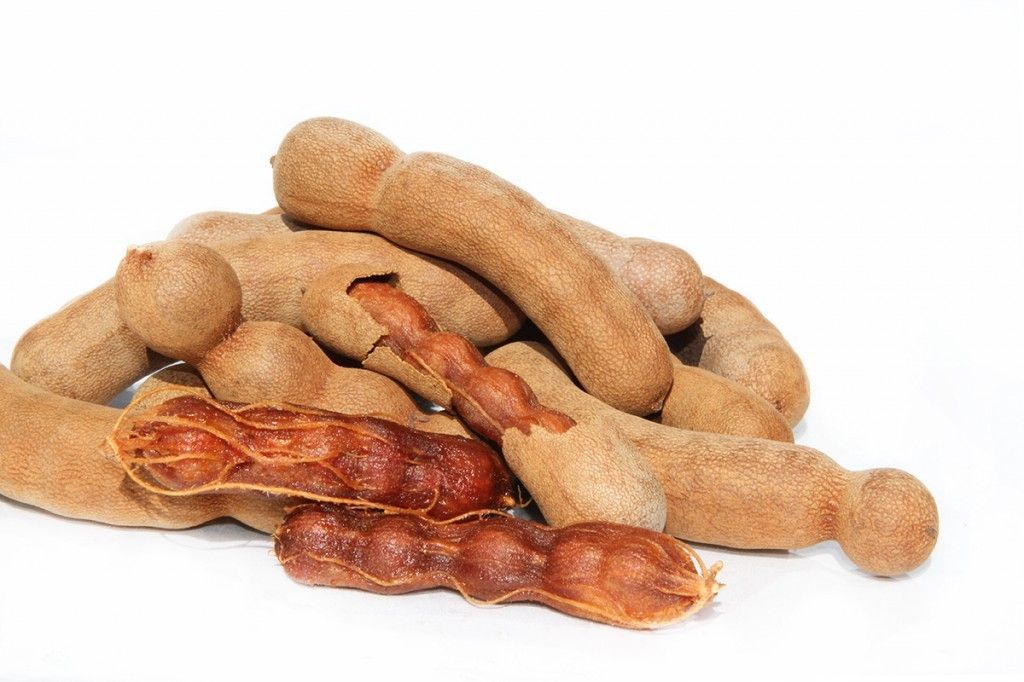
Tamarind
The fruit looks like a shell-covered legume consisting of fruit pulp and solid seeds. The fruit pulp is eaten fresh as a sweet thing and is used in Asia as a spice. Tamarind is rich in vitamins, it helps to cure bad cold and heart diseases.
